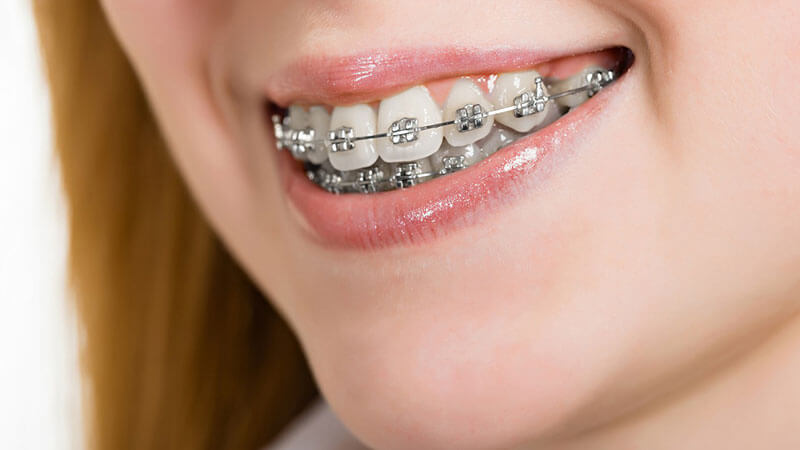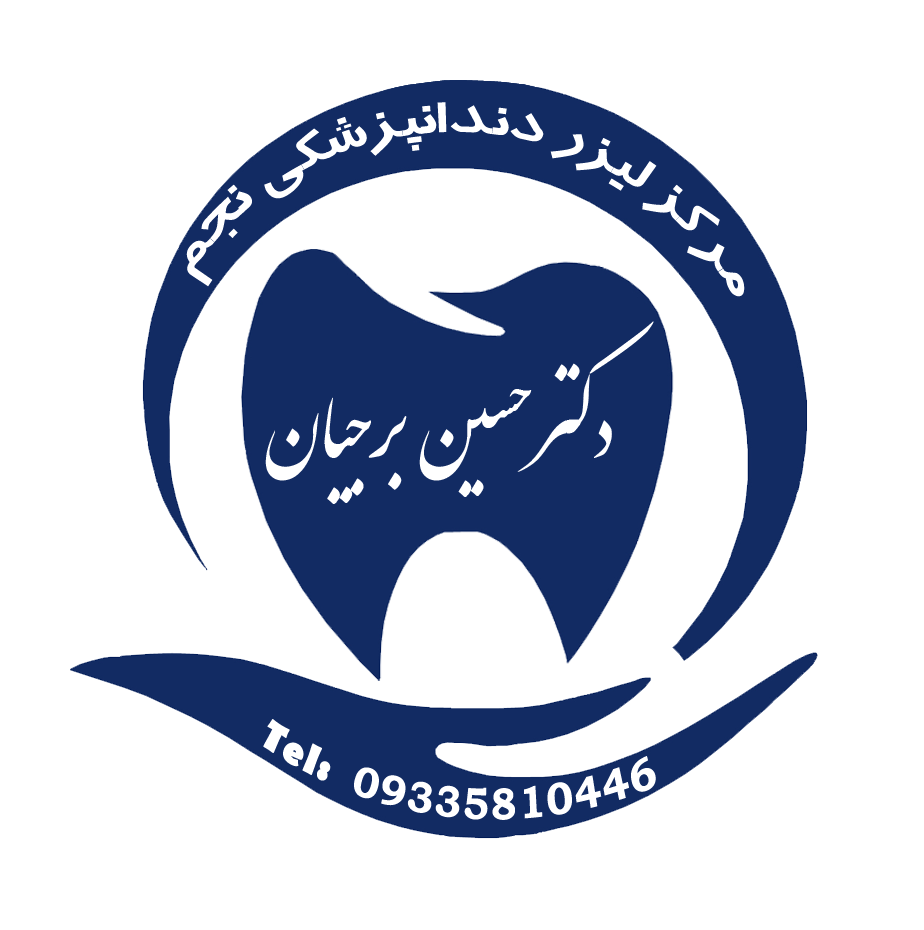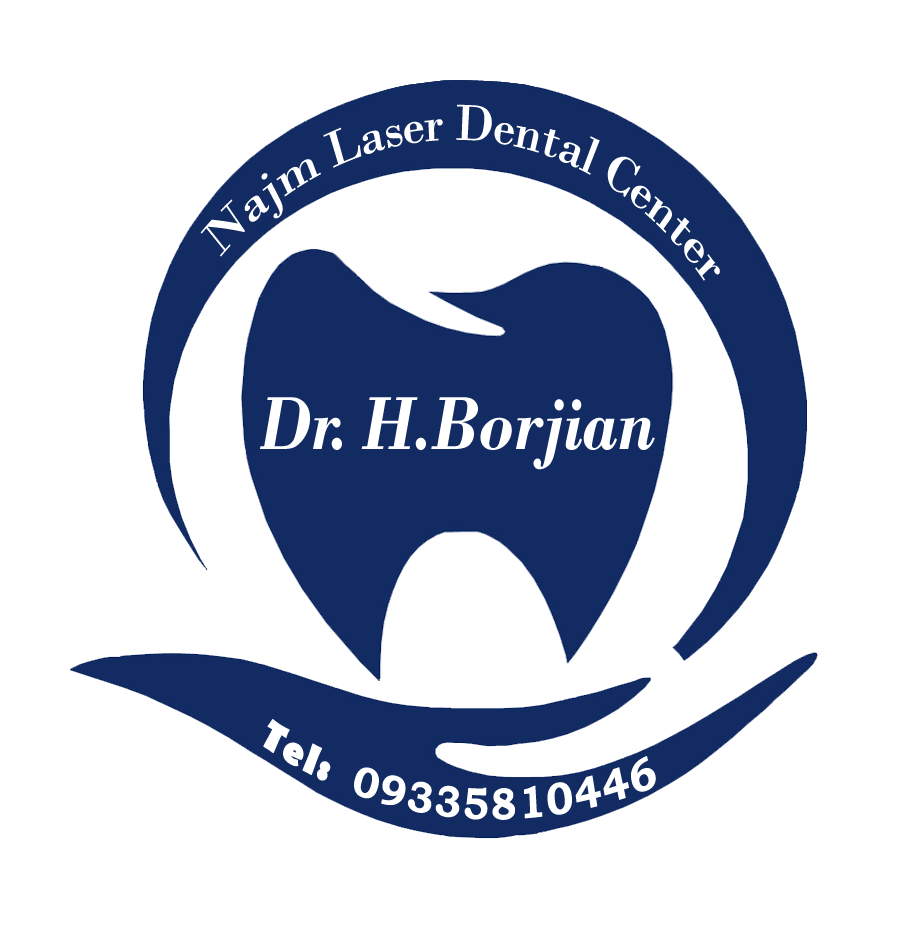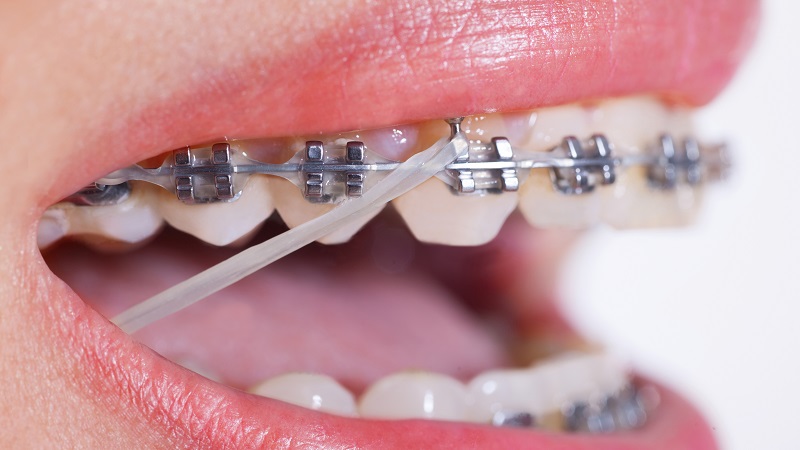Investigating types of camouflage or compensatory orthodontics
Moving teeth, such as pulling back protruding front teeth, is often called camouflage. The purpose of dental camouflage is to correct the skeletal proportions by changing the position of the jaw teeth with orthodontic methods, so that the arrangement of the teeth and the beauty of the face are acceptable.. This method is used to treat different degrees of teeth disorder. In the continuation of this article, Dr. Hossein Borjian's website The best cosmetic dentist in Isfahan We examine the types of camouflage or compensatory orthodontics.
Camouflage for class two disorder
Class II malocclusion with severe malocclusion, vertical growth pattern and skeletal base of Class II with ANB angle equal to 6 degrees can be corrected.. The treatment is done by extracting four small molars and it is finished with the fit of class one canines and large molars.. Planned extraction of teeth for camouflage or compensatory orthodontics and underlying skeletal problems will improve overall facial beauty, align teeth and patient satisfaction..
Objectives of Class II camouflage or compensatory orthodontic treatment
- Correcting the protrusion of upper front teeth
- Achieving proper overjet and overbite
- Allowing the lips to overlap
- Achieving a smooth occlusal plane
- Allowing adequate contact between teeth and proper function by creating a class one fit of large molars and canines.
- Premolar position, arch width, and midline should be maintained.
Class II camouflage or compensatory orthodontic treatment process
The first small molars of the jaw are pulled and the patient is under Orthodontic treatment Fixed with a pre-modified edgewise device. A circular nickel-titanium orthodontic wire is used to level and straighten both dental arches.. After 6 weeks, the maxillary second molars are closed at the top to prevent loss of anchorage during tooth retraction.. The upper nitinol and reverse arch are placed, which are then replaced with nickel-titanium wires at week 12.. By the end of week 16, sufficient leveling and alignment of the teeth has occurred to allow upper and lower stainless steel wires to be placed..
At the 20th week, simultaneous retraction of six anterior teeth is performed using a T-loop canine retractor.. Step by step activation of 1 to 2 mm is done monthly to close the space created by tooth extraction.. At the same time, the greatest care is taken to prevent the mesial displacement of the maxillary molars. Since the treatment of camouflage or compensatory orthodontics with the extraction of two small molars needs to maintain the anchorage, in order to strengthen the anchorage, the banding of the upper second molars is used..
After closing the space created by the extraction of the first small molar, the tooth extraction site is stabilized with a type of closing device between the molars.. A nickel-titanium orthodontic wire is installed to level the jaw arch, after which it is replaced with stainless steel wires for occlusal adjustment, and finally it is removed and fixed upper and lower lingual retainers will be used..

Class II camouflage or compensatory orthodontic results
Camouflage treatment for class II malocclusion in adults is challenging and requires a unique and quality technique.. Extraction of small molars, if done after correct diagnosis, will lead to significant changes and satisfactory facial beauty..
A specific and suitable treatment program that is carried out according to biomechanical principles and proper control of orthodontic mechanics is the most reliable method to achieve predictable results with minimal side effects.. Correction of misaligned teeth results in a significant improvement in the patient's beauty and self-confidence. Patient satisfaction with camouflage treatment will be similar to that obtained with orthodontic surgical procedures..
Camouflage for class three disorder
Class III skeletal malocclusion occurs when there is a difference in the size or position of the maxilla; This condition can occur due to a change in the upper jaw, lower jaw, or a combination of both. Camouflage orthodontics for Class III skeletal malalignment has been a controversial topic due to the limitations that this treatment may have, although with proper knowledge and diagnosis, the desired goals can be achieved at the end of the treatment..
Class III camouflage or compensatory orthodontic goals
The main goals of treatment for this problem are::
- Creating a class one fit between molars and canines
- Correcting the anterior crossbite and achieving sufficient overjet and overbite
- Eliminating the clutter of the premaxillary teeth
- Improving the beauty of the face by correcting the profile of the face and increasing the display of the premaxillary teeth when smiling
The Instagram page of Dr. Hossein Borjian, the best cosmetic dentist in Isfahan
Class three camouflage or compensatory orthodontic treatment plan
Compensatory orthodontic treatment for class three skeletal malalignment is performed to place fixed appliances. draw three Small molars Primary to reduce tooth crowding and correct anterior crossbite by retracting the lower front first lower canine teeth and then four front teeth using steel orthodontic wire and class 3 elastics.. After achieving the proper overbite and overjet, a nickel-titanium orthodontic wire is placed, followed by a stainless steel orthodontic wire..
- A lingual button and transverse elastics are used for the posterior part.
- Anchorage in the lower arch of the tooth is achieved with the lingual arch.
- Hawley type plaques are used to protect teeth in both arches.
- The total duration of treatment will be one year and eight months.
Class three camouflage or compensatory orthodontic results
With this treatment, improvement in soft tissues and better lip design, proper function of small molars and upper canine, class one fit of canine and canine teeth on both sides, arrangement of the middle lines of the teeth, improvement of smile design, proper overbite and overjet Periodontal tissue hygiene and proper occlusal function are obtained for the patient.
Dr. Hossein Borjian, specialist in gum and bone grafting at Clinic 24
Dr. Hossein Borjian, gum and bone transplant specialist at Dr. Af
Attention :
- The scientific accuracy of the above article should be consulted with Dr. Borjian, a specialist, in person Gum and bone grafting be confirmed.
- This article was managed and published by the site admin.
Read more :
What you need to know about fissure dental sealant
Comparison of tooth filling with composite and amalgam
The reason for all kinds of white spots (Fluorescence) On children's teeth



